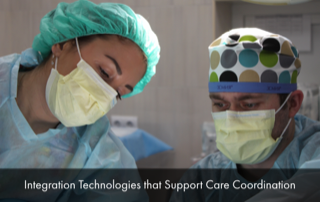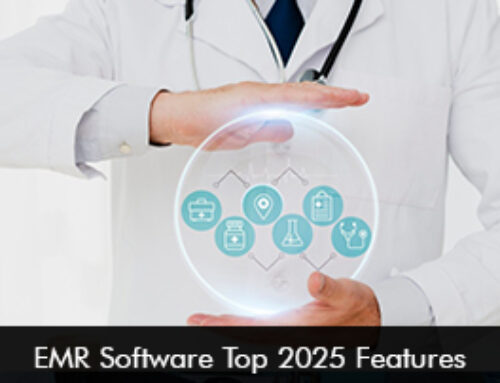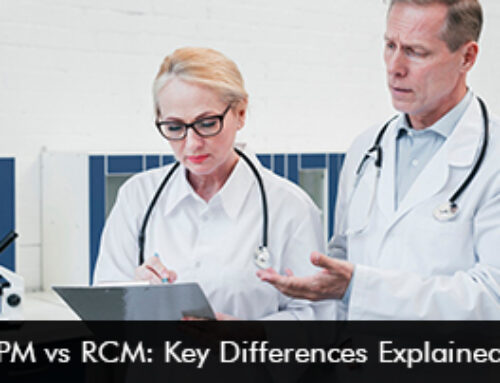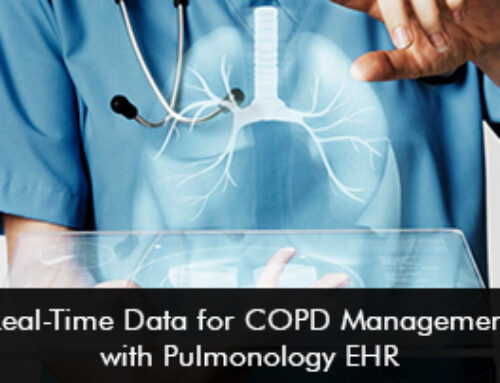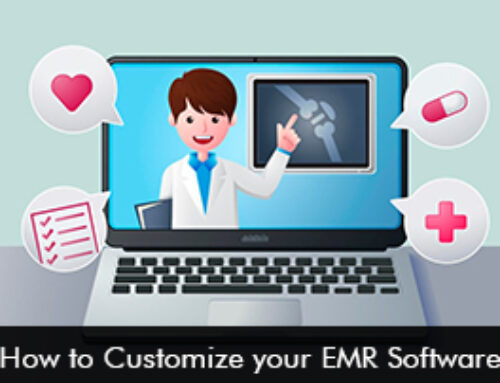Interoperability between Electronic Medical Records (EMR) Software systems aids seamless communication between healthcare providers across multiple locations to help enhance patient care and improve shared decision making by an increase in the knowledge pool.
Patients throughout their lifetime consult different doctors at different points and even visit numerous hospitals so therefore the need for easy health information exchange between healthcare professionals becomes critical to provide the best care to patients. Interoperability options facilitate care coordination by making it possible to send a patient’s health information to several specialists.
Streamlining interoperability for care coordination
It is a major challenge for healthcare systems and organizations to connect them all in a protected communication channel for unified data exchange with complete encryption and privacy. Seamless data exchange can be difficult, fortunately, there are a few technologies that offer a bridge of connection for health IT systems to drive care coordination.
- Point-to-point Integration – The point-to-point integration technology uses a specific interface code provider which helps to connect the sender framework directly with the receiver. This interface code is provided by the software vendor. Through this integration technology, messages are seamlessly sent from the information source to the data receipt. The information source can be your cloud-based EHR software system and the information receipt is the payer or a healthcare information exchange. Point-to-point integration can turn out to be expensive since each connection require its codes and data security can be another challenge.
- Application Programming Interface (API) – API facilitates data systems to transfer data amongst each other in an organized way. The application programming interface can allow the software system to send and retrieve patient data that updates on the patient’s Electronic Health Records Software. When physicians use open APIs they can seamlessly exchange health information with one another in different care settings to promote patient-centered care.
- Fast Healthcare Interoperability Resource (FHIR) – FHIR helps to support the physician’s decision-making process by allowing health systems to connect at all care points. FHIR is free to use and is built on web technologies including; HTTPS, XML, and REST. FHIR is a robust and secure platform that allows different stakeholders in the healthcare systems to communicate and offers easy access to patient records. Fast Healthcare Interoperability Resource can be implemented easily and makes data sharing simple and hassle-free for quick decision making.
The need for interoperable systems amidst COVID-19
The COVID-19 pandemic has further highlighted that it is crucial for software systems to be interoperable to share patient records electronically without any hitches so quick diagnosis and treatment decisions can be made. Interoperable systems also streamline patient care by helping healthcare providers make more informed decisions. With interoperable EMR software systems, providers can view a patient’s complete medical history and therefore provide the best treatment to the patient and also avoid re-testing. Important patient data such as patient’s positive COVID-19 results and symptoms can be used by health systems and governments in real-time through interoperability to spot the patients that can get infected and predict crucial trends and answers.
Moving ahead
Interoperability in healthcare helps to reduce medical errors, enhance care coordination, and increase efficiency. The interoperability options in your EHR software system enhance data security due to HIPAA Compliance. Interoperability is an ongoing journey, which requires IT professionals, governments, and software vendors to have a shared understanding of interoperability and work towards it to improve care coordination between healthcare specialists to enhance patient outcome levels.


